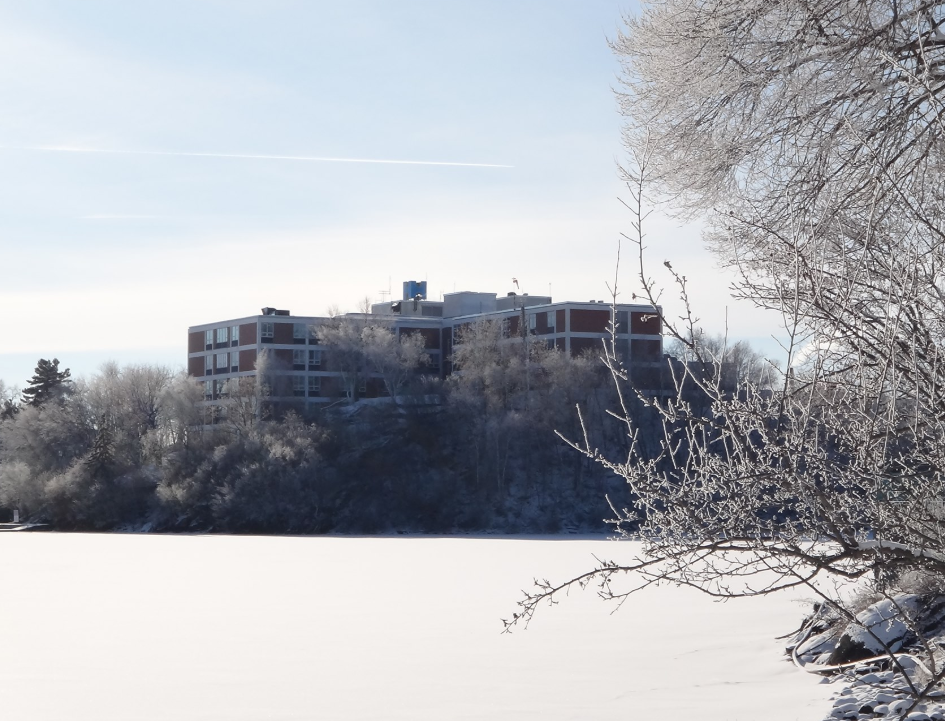KENORA — Friday will be the last day the Lake of the Woods District Hospital will have an in-house pathologist for the foreseeable future.
The Kenora hospital's two current pathologists, who are also twin brothers, have decided to retire on the same day, hospital president and CEO Ray Racette said.
These diagnostic services will still be available at the hospital with some changes, he said.
“In order for us to manage their loss, we’ve had to create a whole new lab model which we’ve now put in place, which will have us sending specimens to University Health Network in Toronto,” Racette said. “They’ll be taking over pathology, cytology and some of our consulting work as well.”
Racette said turnaround time will increase, “now we have to move specimens from Kenora to Toronto and before we didn’t have to do that, [as] the specimens were here.”
The service will be really good, he said.
“It’s just that it’s going to be longer to get results back for patient care,” he said.
Racette said the situation is the reality facing northern and rural hospitals as they deal with healthcare worker shortages, adding there’s a massive shortage for pathologists all across the country.
The hospital is changing a model that has been in place for 40 years or so, he said, with onsite pathologists now moving to offsite pathologists and will try it for the next three years.
“We want to see if this is another way to actually be approaching [pathology work] because it’s very hard to recruit pathologists and technology is changing too,” he said.
Racette said while they are starting off by sending specimens to the University Health Network, a future change will be to move to digital pathology where they won't need to be sent.
“We’ll scan the slide which has all the information on it, and then that will be transmitted and they’ll read the digital image and then that will speed up our turnaround time,” he said.
“These are some of the ways that technology will help us with how our models work,” he said. “It could be that we can’t recruit pathologists in northern, rural [areas], then we’re probably going to be dependent on these types of models, just to make sure that we have pathologists that can actually read the slides.”
When the hospital was notified in July with the exact date of retirement, Racette said they knew they had to have a new model in place.
It was a moment of truth, he said.
“Do you bring in a new model to preserve service or do you let that service go because you don’t believe you can keep it? And if you guess wrong, what you’re doing is you’re impacting the level of service you can offer and then that further impacts your ability to be a full lab and that impacts licensing and accreditation.”
“You can’t run a hospital without a lab,” he said. “It’s a critical area of support.”
He said one advantage of being small is being pretty nimble and flexible in adjusting to situations.
Racette credits the lab managers for coming up with this solution by first figuring out what they would need in order to maintain their service.
“Our starting point was really from that view and then we executed a strategy on how to deliver on it,” he said. “And that’s the other advantage of being small is that, you’re connected. You know you rely on each other.”
“The UHN relationship started with [an introduction by the Thunder Bay Regional Health Sciences Centre]. And a reason we discovered that is because we sit at a table together with all of Northwestern Ontario,” he said.
“That’s how the North works.”
